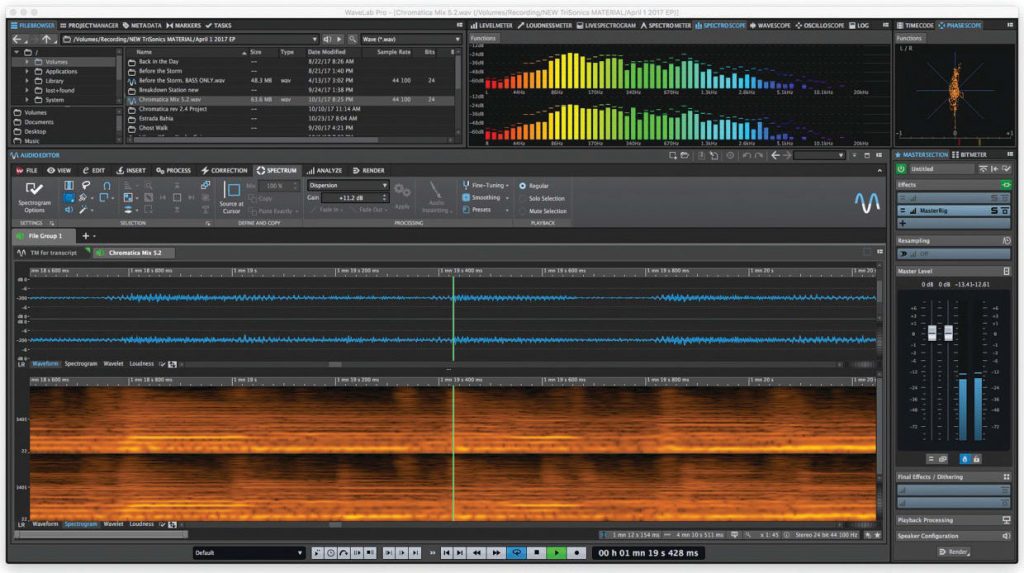

WAV files in applications written for the. What I can say for sure is that the NAudio library that is widely used to handle. I know the question was not specific to a given programming language or framework, but I could not find the answer in any specification. Simple test script and files can be found here. Notes: Produced as clipped float (+6 dB), then converted to signed 16-bit and back to float Notes: Max values for all files are measured directly from the sample data.
Dsp quattro wave or aiff software#
It will therefor be up the player/DAW/edit software to handle clipped floating point values by either normalizing the data or simply clip back to. This is natural due to the limited range each width can hold. WAV files using floating point will save out values in the when not clipping (<= 0dB), but does allow for values that are considered clippedīut when converted to a integer format these values will clip to the equivalent range scaled by the bit-range of the integer format, regardless. The explanation for this can be that floating point formats are intended for intermediate use in production setups due to very little loss of dynamic range, where future processing (gain-staging, compressing, limiting etc.) can bring back the values (without loss) well within the final and normal -0.2 - 0 dB range and therefor preserves the values as-is. This means the range is actually beyond for values that normally would clip. WAV files saved as floating point do allow values exceeding the 0 dB range. The results confirms that the range is indeed in the inclusive range, when not clipping (non-true <= 0 dB). If you want to play it at 16-bit you would do (pseudo, assuming signed rounded to integer result): sample = in = 1.0 starting after the data chunk and size field to make min/max values reflect the actual values found in the audio data. You only need to supply the target range and multiply. The main reason for the range to be in the interval is that it is fast and easy to scale/convert to the target bit-range. There are practical reasons to this as well as a very common range for normalization of high-precision data being color, audio, 3D etc.

However, from practice in the industry over the last several years, and from actual data existing as floating point files, I would say it is a valid assumption. As you state, the public available documentation do not go into details about the range used for floating point.


 0 kommentar(er)
0 kommentar(er)
